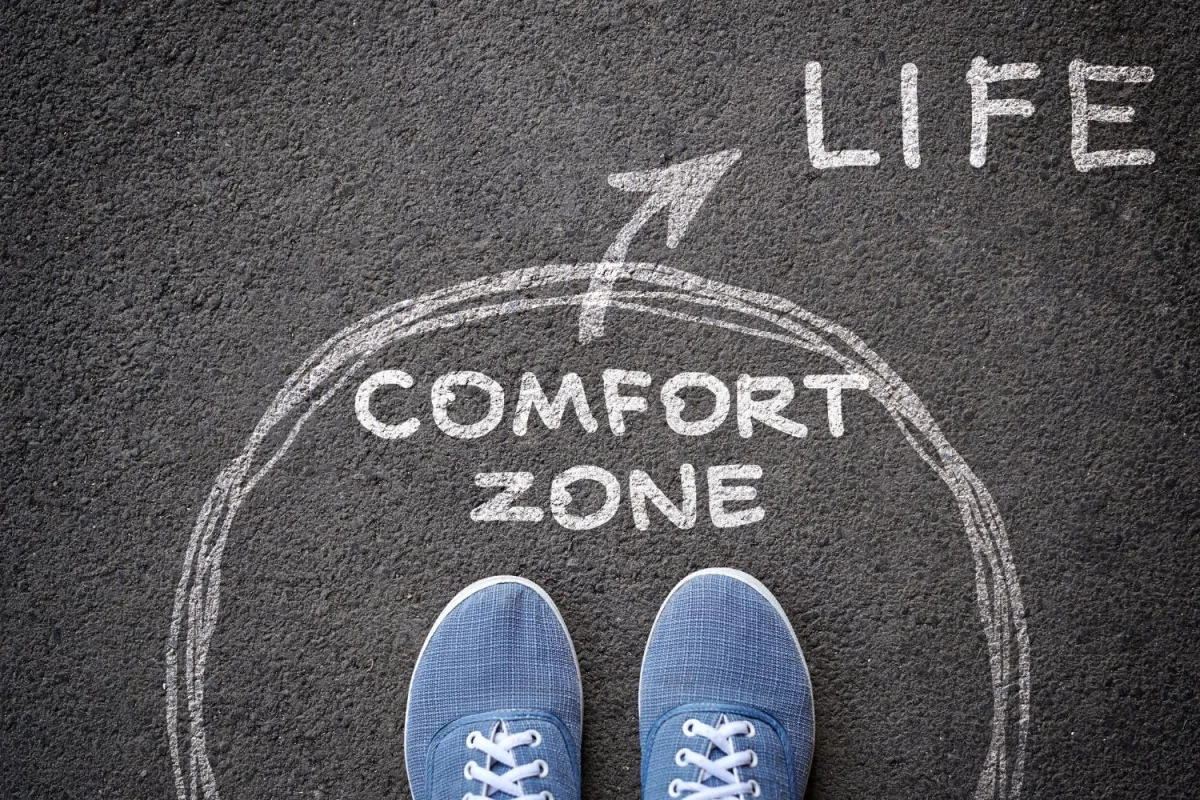WELCOME!
Make Money Online with AI
Even If You’re Not Tech-Savvy
You don’t need to be a tech expert to get results.
I help everyday people, entrepreneurs, and small business owners use AI to create income, save time, and stay ahead of the curve.
THE WORLD IS CHANGING FAST
AI is creating new opportunities every day. You’ve seen people earning with AI tools, but maybe you still feel stuck.
- You’re not sure how to start
- You don’t know which tools actually work
- You wonder if it’s too late to get in
Here’s the truth: every month you wait, others move ahead.
Those who start learning now will be the ones who build financial freedom in the future.
Learn how to start earning with AI today.

HOW I HELP YOU
I make AI simple, practical, and profitable.

Clarity
Learn how AI can create income for you

Tools
Find the best tools to save time and multiply results

Action
Use AI to earn money, automate work, and grow your business
Everything starts with one simple step.
WHY THIS MATTERS
AI isn’t the future anymore. It’s happening right now.
The people who learn how to use it today will create the lifestyle others will chase tomorrow.
This isn’t about keeping up with technology.
It’s about creating time freedom, income freedom, and peace of mind for you and your family.
You don’t need experience. You just need a plan.
Start here, take one step, and let AI start working for you.

